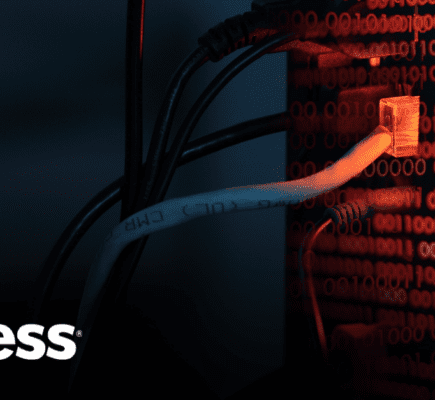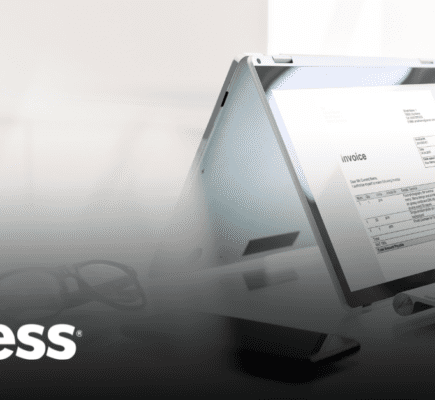
April is Records and Information Management (RIM) Month, a time dedicated to recognizing the importance of a robust records management program and its significant impact on organizations. This time of year also encourages a “spring cleaning” approach to your records management strategy. As spring brings renewal and change, it’s an opportune time to review the status of your organization’s records, storage methods, and decluttering needs.
If spring cleaning your RIM program sounds overwhelming, fear not! Start with these four critical aspects of your RIM program: use, secure, organize, and delete. Continue reading to discover how evaluating these four areas will revitalize your records management program, improve efficiencies, and streamline processes across your organization.
Assess Your Data at Every Stage of Its Lifecycle
As you assess your RIM program, be sure to think about your information holistically at every stage of its lifecycle and how each department in the organization plays a part. For example, how is HR securing their files? What records are created by marketing? Can finance easily find the data they need to create forecasts?
By adopting the appropriate approach and assessing data at every stage in its lifecycle across the organization, you can make significant strides in enhancing the management of your information assets and processes. This effort will result in a more streamlined, efficient, and effective organization.
As you embark on your spring-cleaning journey, focus on the following four key areas.
Use
First, take a detailed inventory of what information exists, where it is stored, and how to access it—whether paper, electronic, or both. Once all information is accounted for, share it with your teams and ensure everyone is up to speed on document management best practices and retention policies.
Even if your organization isn’t currently experiencing challenges, don’t overlook this step. Dedicate extra time to ensuring everyone is aligned on records management best practices and that consistent processes are followed throughout the organization to prevent future issues.
Secure
Second, make sure that your information is secure. Data protection and security are among the most critical issues affecting your company’s reputation. Assess whether your organization’s records and information management program follows secure procedures and protocols and identify weaknesses that could lead to a breach. If any files are insufficiently protected, this is a sign that your RIM program is not practical.
Work with IT to regularly update all software and applications to maintain security. If records are stored onsite, proper protection should include locked cabinets or safes, 24/7 surveillance such as cameras and alarm systems, and strict access control. Consider moving your records offsite for enhanced security. In the event of a disaster like a hurricane, flood, or fire, your business documents will remain safeguarded from potential damage.

Retention Schedule Revamp: Techniques for Improved Privacy, Compliance, and Efficiency
Designed for professionals in the information management industry, this webinar will delve into the critical process of conducting an annual review of your organization’s retention schedule.
Organize
Next, you need a method of organization; otherwise, you’ll never find the documents you are looking for. Consider whether paper records are appropriately stored and organized with metadata and if digital files are correctly indexed.
Just as well-organized paper files are systematically stored with categories for future retrieval, like client name, year, or employee ID number, electronic files should follow a similar approach. This involves structured, hierarchical metadata indexing. Metadata categorizes and summarizes the vital data in your files, while indexing captures the relevant metadata during searches, eliminating the need for extensive digging. Quality organization is essential for a strong RIM program and to address short-term issues like productivity and efficiency.
Delete
Finally, ensure that your organization is adhering to records retention regulations by shredding or deleting records that have expired beyond their retention date. A comprehensive retention schedule that covers paper records, electronic documents, and data that meets all applicable regulatory and operational requirements is the backbone of a successful RIM program.
Furthermore, now is the time to purge any duplicate paper documents. If you have both physical and digital copies of records, discard the paper versions according to your retention guidelines. While most records are suitable for electronic storage, some exceptions do exist and must be kept in their original paper form—probate documents, notarized contracts with raised seals, documents proving property ownership such as titles, and negotiable instruments such as checks and assignable promissory notes, for example.
Go Beyond Spring Cleaning
Do we need to redesign various workflows? Do we need to transition to offsite storage to maintain compliance? Will the original hard copies be securely destroyed or returned to storage?
…And the list goes on. When evaluating your RIM program, the questions that arise may seem endless. As you begin your spring cleaning efforts, you may uncover additional areas that require more in-depth attention to resolve or enhance—taking you well beyond the spring season. Alternatively, you might find yourself ready to tackle a more extensive project. Whatever your end goal is, our Checklist for Comprehensive Information Management will help you evaluate your program, devise an improvement strategy, and implement it effectively in either scenario.
If you are unsure of where to begin, our Access Representatives are here to guide you on tailored solutions for your organization, help you identify information management objectives, and teach you how to prioritize critical steps to achieve your goals. Reach out to get started today.









